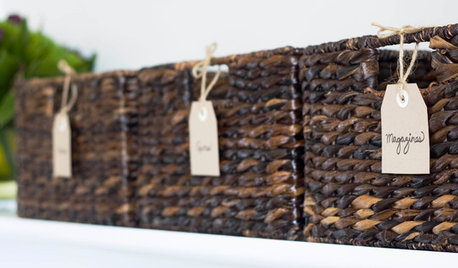We've discussed this issue before with Bill. vittata 'Domingos Martins', i.e. that a cultivar is only true if it is a vegetative division. Seedlings, even if selfed, cannot use the same cv. name. That is why there are plants in circulation tagged as DM F2, as confusing as that seems to be to many people.
The question now is: what about a botanical variety (as opposed to a cultivar)? Is that name not just as much a part of its taxonomic identity as the genus or species? What do you do when selfed seedlings do not resemble the original enough to warrant carrying the same name?
Here is my Orthophytum burle-marxii v. Seabrae as it first came into bloom in late August, 2007:
{{gwi:445306}}
and here is a pup from that plant:
{{gwi:445307}}
As you can see, it has a very distinctive pastel appeareance, is flat in habit rather than arching, and the leaves are quite thick and covered with white scales, particularly on the underside.
Now, here are its self-seedlings:
{{gwi:445308}}
Many are greener, thinner-leaved and more arching in growth habit:
{{gwi:445309}}
{{gwi:445310}}
This is the only one of the grex that looks fairly close to the original:
{{gwi:445311}}
This one is showing a bit of red pigment (but not getting ready to bloom):
{{gwi:445312}}
There are variations in the amount, size and pattern of spination too. I was planning to just sell them off when they bloom, but if the color scheme is not going to be identical to the parent either, I'm sure I'll want to keep at least a few of the more interesting ones. I'm not trying to create a new cv. though, so the only culling I've done is those that were unhealthy looking.
I'm just not sure what to call them, apart from O. burle-marxii. I suppose if I do get one or two really distinct ones that I want to propagate I could give them cv. names, but what about the ones I sell off? I'm sure they'll all be fairly nice plants when they bloom, but if I had ordered a b-m v. Seabrae and got one of these, I'd think I'd been hoodwinked!








paul_t23
LisaCLVOriginal Author
Related Professionals
Oatfield Landscape Architects & Landscape Designers · Mooresville Landscape Contractors · Cudahy Landscape Contractors · Fair Oaks Landscape Contractors · Lake Saint Louis Landscape Contractors · Pompton Lakes Landscape Contractors · Porterville Landscape Contractors · Kansas City Fence Contractors · Monrovia Fence Contractors · Orange County Fence Contractors · South San Francisco Fence Contractors · Castle Rock Siding & Exteriors · Kansas City Siding & Exteriors · Lombard Siding & Exteriors · Lansing Siding & Exteriorspaul_t23
LisaCLVOriginal Author
bromadams
LisaCLVOriginal Author
chrisn82
paul_t23
LisaCLVOriginal Author
paul_t23
stone_jaguar
stephania
paul_t23
vriesea
pinkbroms
LisaCLVOriginal Author
LisaCLVOriginal Author
stephania
pinkbroms
LisaCLVOriginal Author
stone_jaguar
LisaCLVOriginal Author
hotdiggetydam
pinkbroms
hotdiggetydam
LisaCLVOriginal Author
kerry_t_australia
pinkbroms
bromaholic
paul_t23
bromadams
graykiwi
LisaCLVOriginal Author
marleneann
paul_t23
vriesea
LisaCLVOriginal Author
bromadams
vriesea
paul_t23
LisaCLVOriginal Author
bromadams
LisaCLVOriginal Author
stone_jaguar
LisaCLVOriginal Author
paul_t23
stone_jaguar
LisaCLVOriginal Author
joachiminb
joachiminb